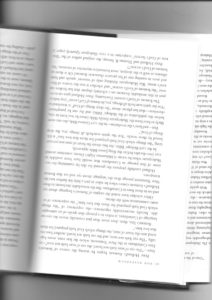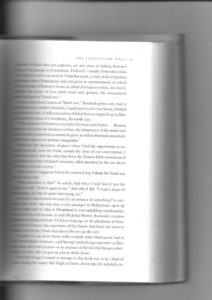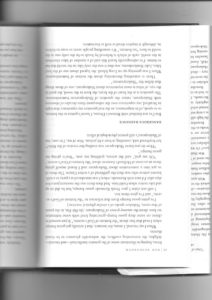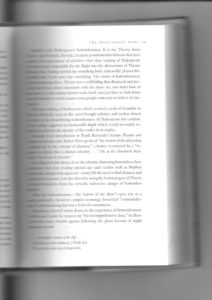I had looked at the book after I first acquired it. Today I delved in from the beginning. The author, Ron Rosenbaum relates that after 30 years of fascination with Shakespeare he finally wants to understand and document this passion. More than that he wants to see if he can explain to readers why Shakespeare is so enthralling. He quotes another scholar, Stephen Booth, who said “What’s all the fuss about”?
Rosenbaum notes that he was triggered by a metaphysical experience while teaching a literature course and at this particular moment was examining how two sonnets by Shakespeare spoke differently one from the other about love. Later he was on a literature pilgrimage in the UK and stopped to see Shakespeare’s birthplace. There were two plays on at the local theatre so he saw both. One was A Midsummer Night’s Dream. As it turned out this shattered and recreated his conception of how Shakespeare plays can be produced. In subsequent years of studying that play he would get every printed version and study the notes within. Many versions later one had a particular note about the character’s name Bottom.
The production he saw at Stratford-upon-Avon was what later became known as a landmark production by Peter Brook. A few days ago I saw a new production of that was an homage to Brook’s version. The one I just saw was NT Live to Cinema’s aired Bridge Theatre production produced by Nicolas Hynter. As I have explained in my book Clown Secret in the chapter Shakespeare Bits, too many excellent English speaking actors point too often on particular words and I believe that mechanically these particular gestures on particular words which I list, breaks up the rhythm of the play and playing. The first half of the production, like most, had more than 100 times when actors pointed on those particular words and thus break the dramatic flow. I liked the ‘stuff’ i.e. set construction for the production and I felt that the last part Act 5 had more value.
Notably, Rosenbaum notes that most productions of Shakespeare he had seen have never matched that early Peter Brook production in 1968. Presumably and likely Rosenbaum has seen more than one hundred Shakespeare productions or more between 1968 and 2006 when the book was published. So his book is in part trying to understand what Brook’s production got right and what is missing in most productions. Clown Secrets tells about this in a practical way that could help any actor, director, or production. Coincidently a few weeks ago a book I had written in 1996 was located now in 2019. I never published the book as the online self-publishing was not readily available in 1996. That book has several practical chapters on how to improve Shakespeare performances and productions. I am doing some minimal edits and will publish that book Quantum Theatre: Slapstick to Shakespeare this year or early 2020.



